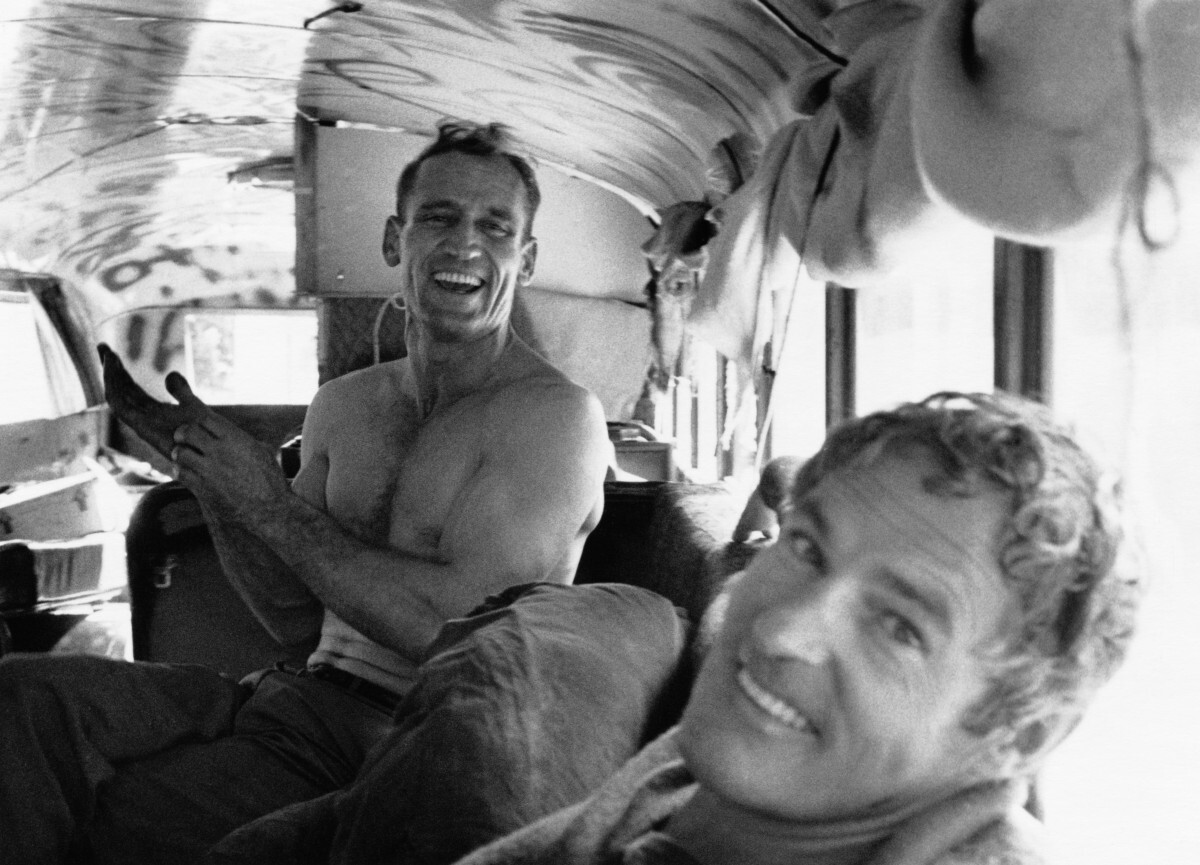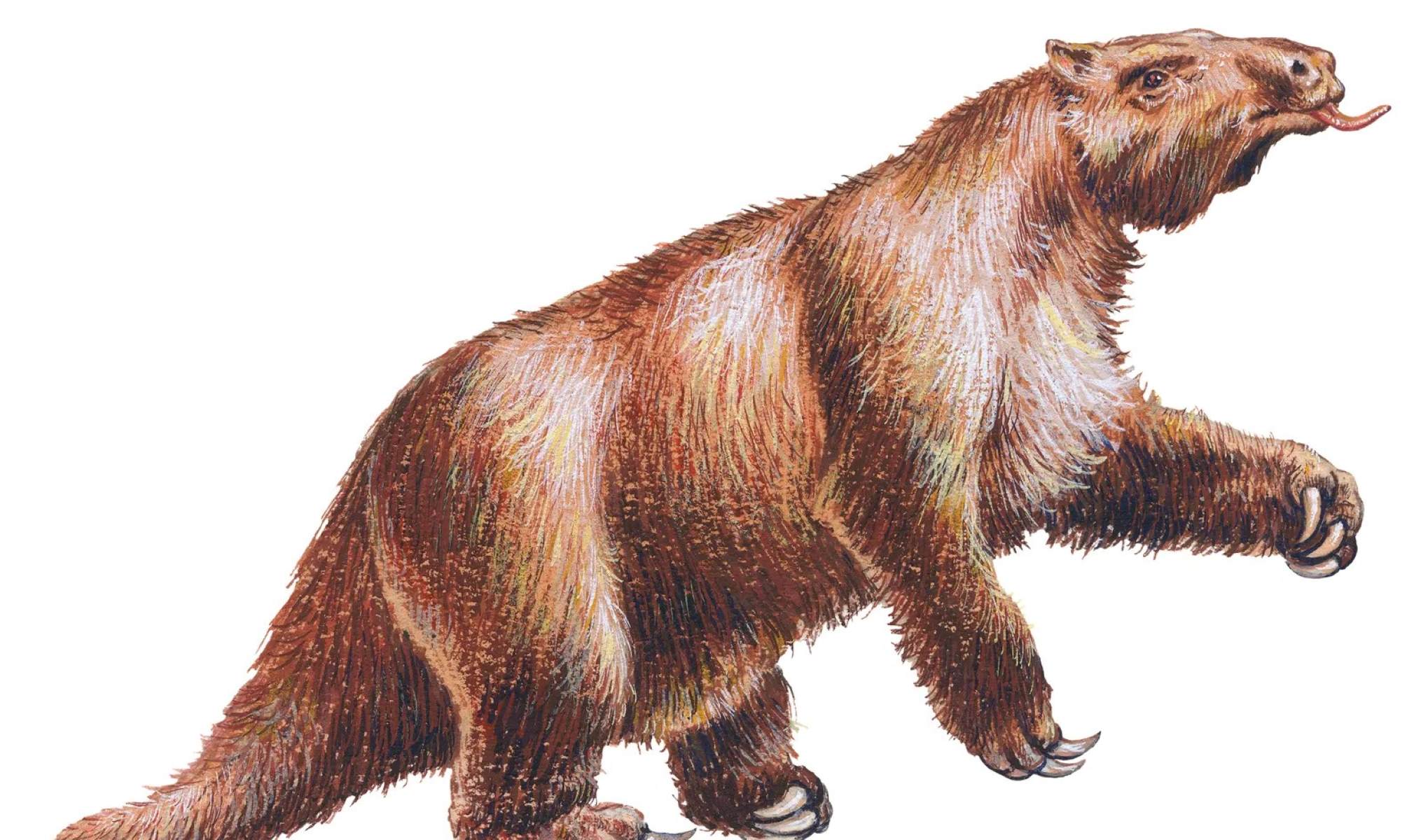
Who was Neal Cassady? Neal Cassady was a key figure in the Beat Generation, known for his wild spirit and magnetic personality. Born in 1926, he became a muse for writers like Jack Kerouac and Allen Ginsberg. Cassady's life was a whirlwind of adventure, often blurring the lines between reality and fiction. His most famous portrayal is as Dean Moriarty in Kerouac's "On the Road." Cassady's influence extended beyond literature into the counterculture of the 1960s, where he drove the bus for Ken Kesey's Merry Pranksters. Neal Cassady lived fast, loved hard, and left a lasting legacy that continues to inspire.
Key Takeaways:
- Neal Cassady, a pivotal figure in the Beat Generation, led a tumultuous life, inspiring iconic works and leaving a lasting impact on popular culture.
- Known for his adventurous spirit and captivating storytelling, Neal Cassady's larger-than-life persona continues to inspire new generations of writers and artists.
Early Life and Background
Neal Cassady was a pivotal figure in the Beat Generation, known for his vibrant personality and influence on writers like Jack Kerouac and Allen Ginsberg. Let's dive into some intriguing facts about his early years.
- Born on February 8, 1926, in Salt Lake City, Utah, Neal Cassady grew up in a challenging environment.
- His mother passed away when he was just 10 years old, leaving him to be raised by his alcoholic father.
- Cassady spent much of his youth in Denver, Colorado, where he often found himself in trouble with the law.
- Despite his troubled upbringing, he was an avid reader and developed a love for literature early on.
- Neal dropped out of high school but continued to educate himself through extensive reading.
Influence on the Beat Generation
Cassady's life and personality had a profound impact on the Beat Generation, inspiring some of the era's most iconic works.
- Neal Cassady was the inspiration for the character Dean Moriarty in Jack Kerouac's novel "On the Road."
- His free-spirited lifestyle and charismatic personality made him a muse for many Beat writers.
- Cassady's letters to Kerouac were so influential that they helped shape the spontaneous prose style Kerouac became famous for.
- He also inspired Allen Ginsberg's poem "Howl," one of the most famous works of the Beat Generation.
- Neal's ability to captivate an audience with his storytelling was legendary among his peers.
Relationships and Personal Life
Cassady's personal life was as tumultuous and fascinating as his public persona.
- Neal married three times and had five children.
- His first marriage was to LuAnne Henderson, whom he married at the age of 21.
- Cassady's second wife, Carolyn Robinson, wrote a memoir titled "Off the Road," detailing their life together.
- He had a long-term affair with Allen Ginsberg, which was an open secret among their circle.
- Despite his many relationships, Cassady struggled with feelings of loneliness and inadequacy.
Adventures and Travels
Neal Cassady was known for his restless spirit and love of adventure, often hitting the road in search of new experiences.
- He worked as a railroad brakeman, a job that allowed him to travel extensively across the United States.
- Cassady was known for his incredible driving skills, often taking long road trips with friends.
- He once drove a car from Denver to Chicago in just 17 hours, a feat that became legendary among his friends.
- Neal's travels with Jack Kerouac formed the basis for many of the stories in "On the Road."
- He also spent time in Mexico, where he befriended author William S. Burroughs.
Legal Troubles and Imprisonment
Cassady's rebellious nature often landed him in trouble with the law, leading to several stints in jail.
- Neal was first arrested at the age of 14 for stealing cars.
- He spent time in reform school as a teenager, where he continued to get into trouble.
- Cassady was arrested multiple times throughout his life for various offenses, including drug possession and theft.
- He served a two-year prison sentence in San Quentin State Prison from 1958 to 1960.
- Despite his legal troubles, Cassady remained a beloved figure among his friends and admirers.
Later Years and Legacy
Neal Cassady's influence continued to be felt long after his death, cementing his place as a cultural icon.
- In the 1960s, Cassady became involved with Ken Kesey and the Merry Pranksters, a group known for their psychedelic adventures.
- He drove the famous bus "Furthur" during the Pranksters' cross-country trip, which was documented in Tom Wolfe's book "The Electric Kool-Aid Acid Test."
- Neal's health began to decline in the late 1960s due to years of substance abuse.
- He passed away on February 4, 1968, just four days before his 42nd birthday.
- Cassady's life and adventures continue to be celebrated in literature, music, and film.
Cultural Impact and Recognition
Cassady's larger-than-life persona has left an indelible mark on popular culture, influencing countless artists and writers.
- Neal Cassady has been portrayed in several films, including "On the Road" and "The Last Time I Committed Suicide."
- His life story has been the subject of numerous biographies and documentaries.
- Cassady's influence can be seen in the works of musicians like Bob Dylan and The Grateful Dead.
- He is often cited as a key figure in the counterculture movement of the 1960s.
- Neal's legacy continues to inspire new generations of writers and artists.
Fun and Lesser-Known Facts
Here are some fun and lesser-known tidbits about Neal Cassady that showcase his unique personality.
- Neal was known for his incredible memory, able to recall entire books and conversations verbatim.
- He once hitchhiked from Denver to New York City in just 36 hours, a testament to his determination and resourcefulness.
Neal Cassady's Lasting Impact
Neal Cassady's life was a whirlwind of adventure, creativity, and influence. His role as a muse for Jack Kerouac and Allen Ginsberg cemented his place in Beat Generation history. Cassady's free-spirited nature and unique perspective on life inspired countless others to embrace their individuality and challenge societal norms. His legacy lives on through his writings, letters, and the stories told by those who knew him. Though his life was cut short, his impact on literature and counterculture remains undeniable. Cassady's journey reminds us of the power of living authentically and the importance of pushing boundaries. Whether you're a fan of the Beat Movement or just curious about this fascinating figure, Neal Cassady's story offers a glimpse into a transformative period in American history. His influence continues to resonate, encouraging new generations to explore their own paths.
Frequently Asked Questions
Was this page helpful?
Our commitment to delivering trustworthy and engaging content is at the heart of what we do. Each fact on our site is contributed by real users like you, bringing a wealth of diverse insights and information. To ensure the highest standards of accuracy and reliability, our dedicated editors meticulously review each submission. This process guarantees that the facts we share are not only fascinating but also credible. Trust in our commitment to quality and authenticity as you explore and learn with us.

